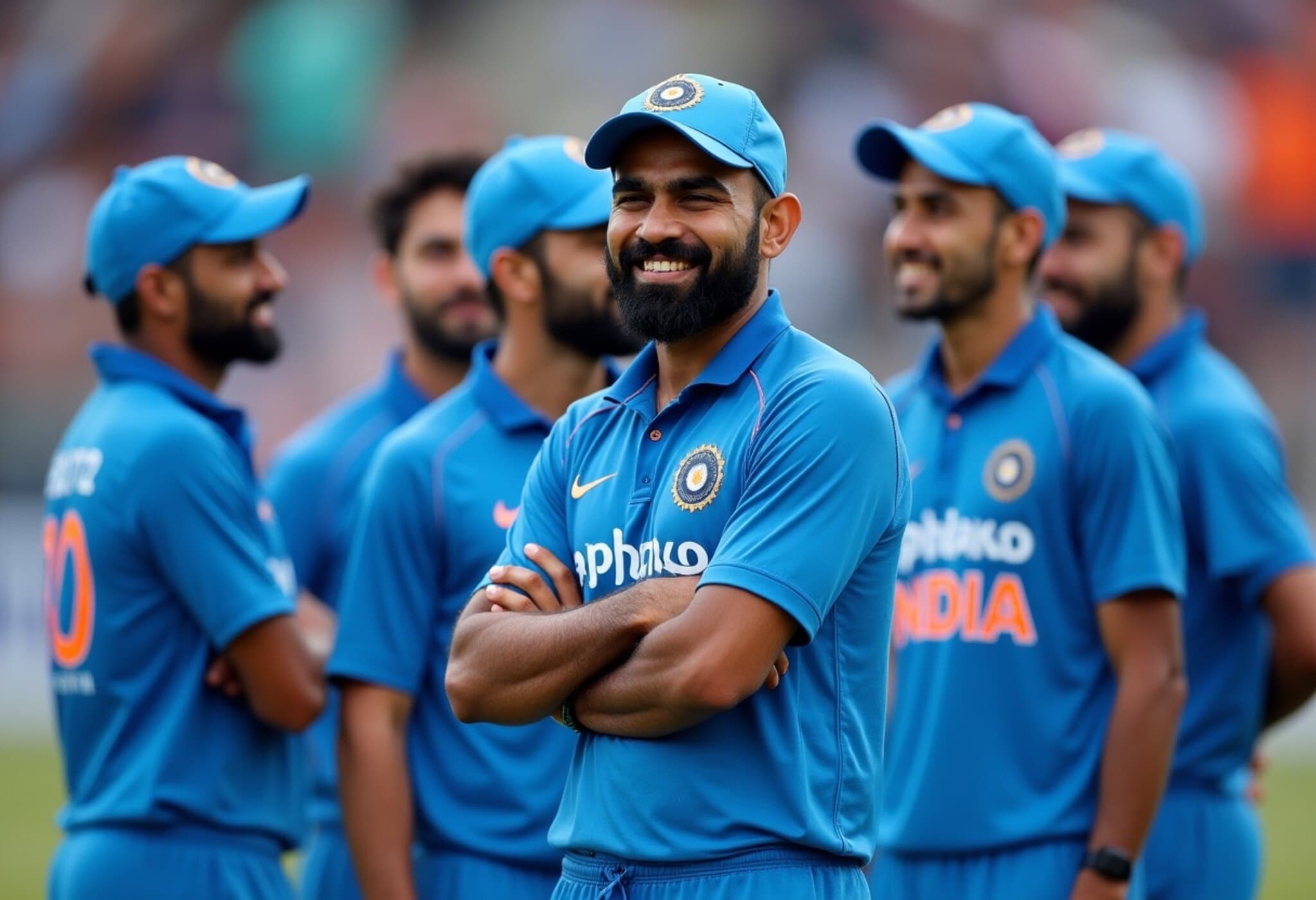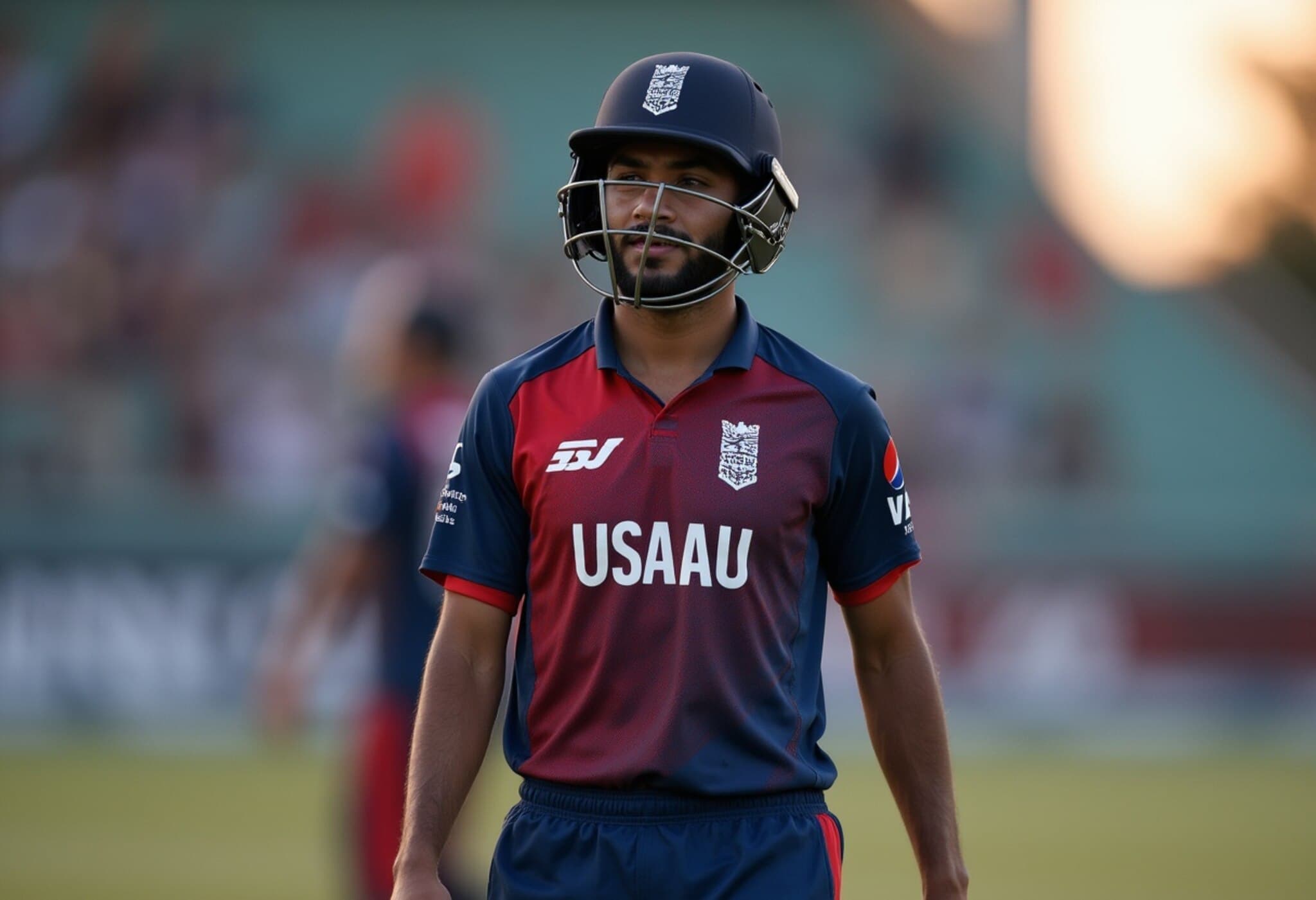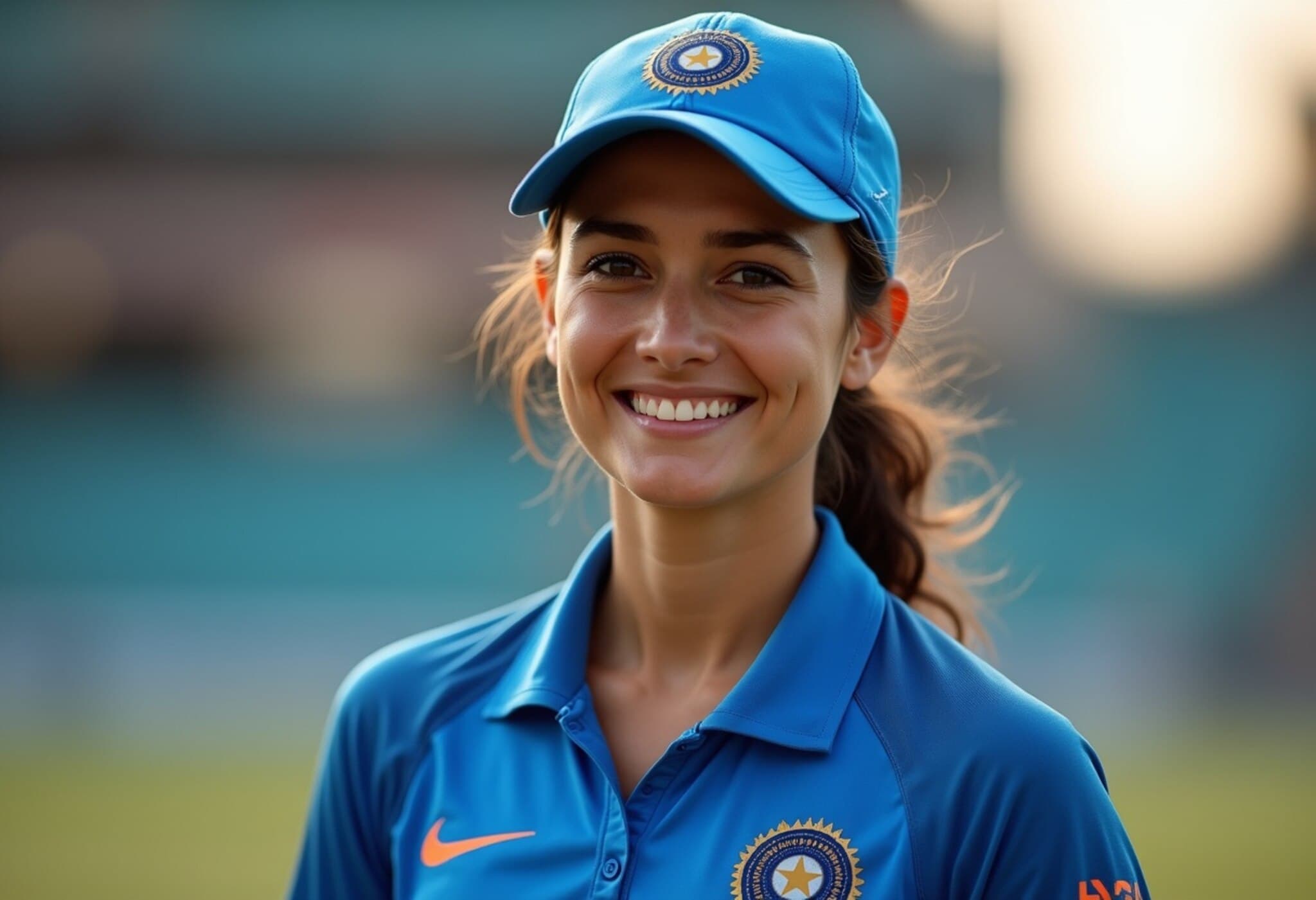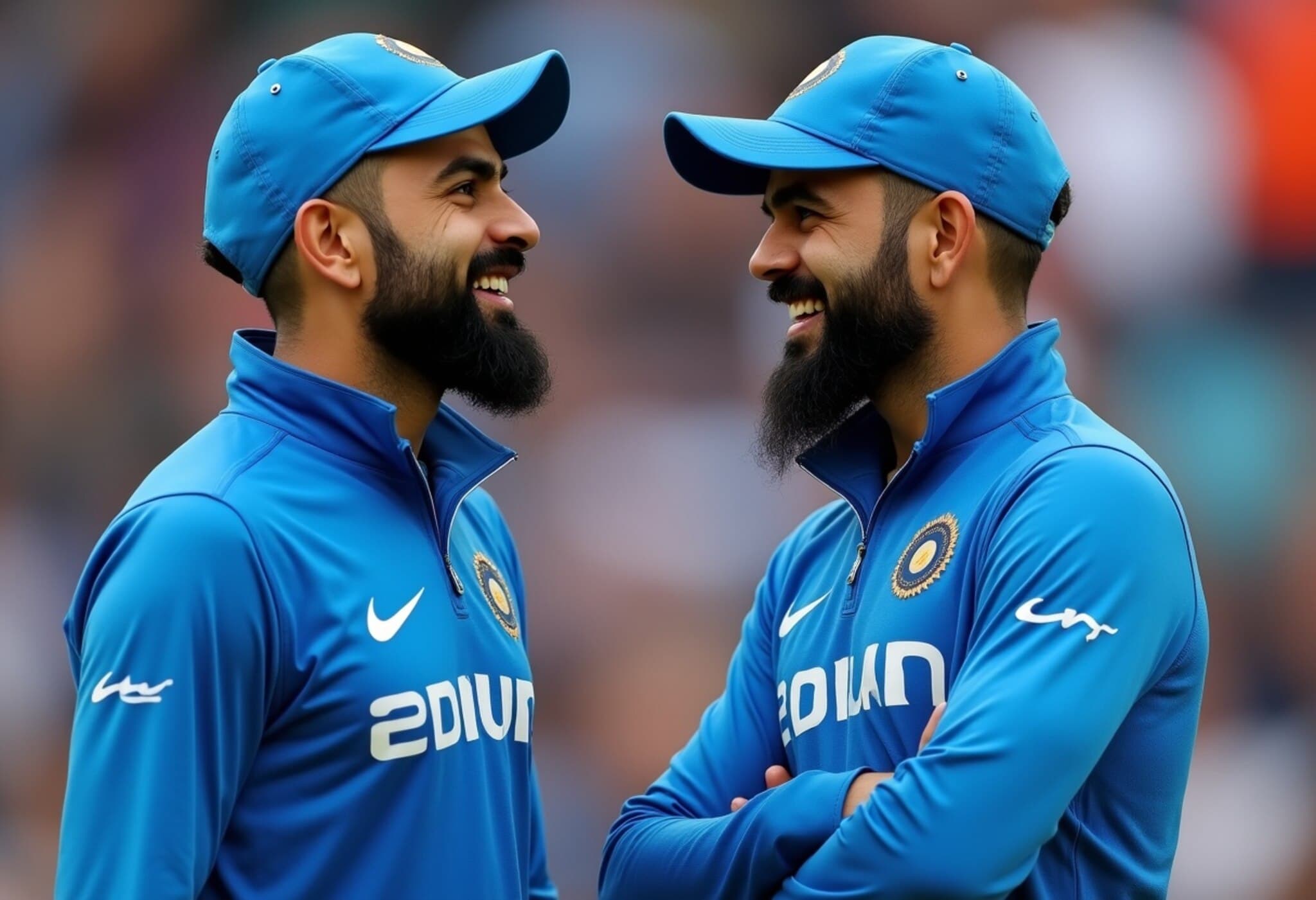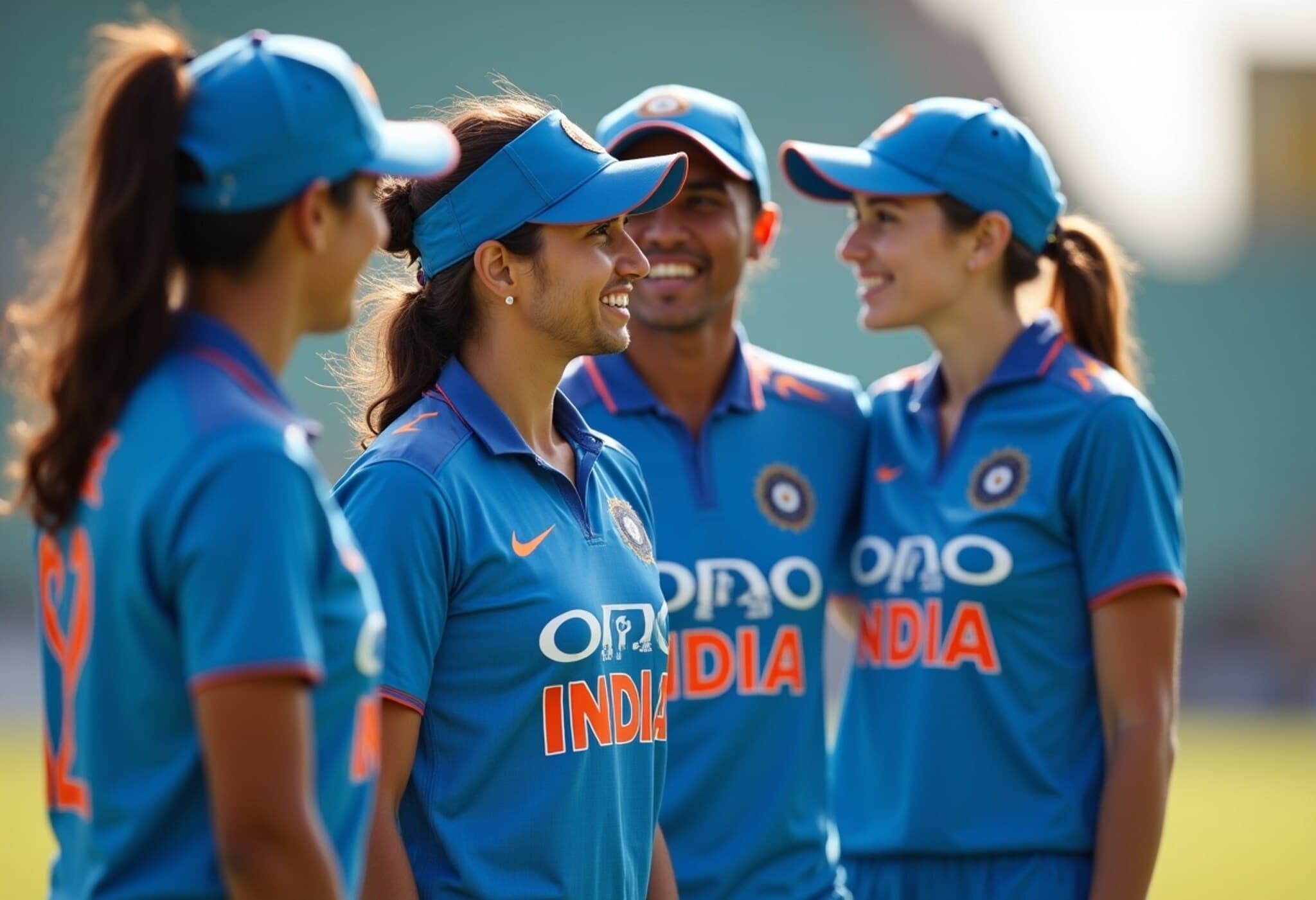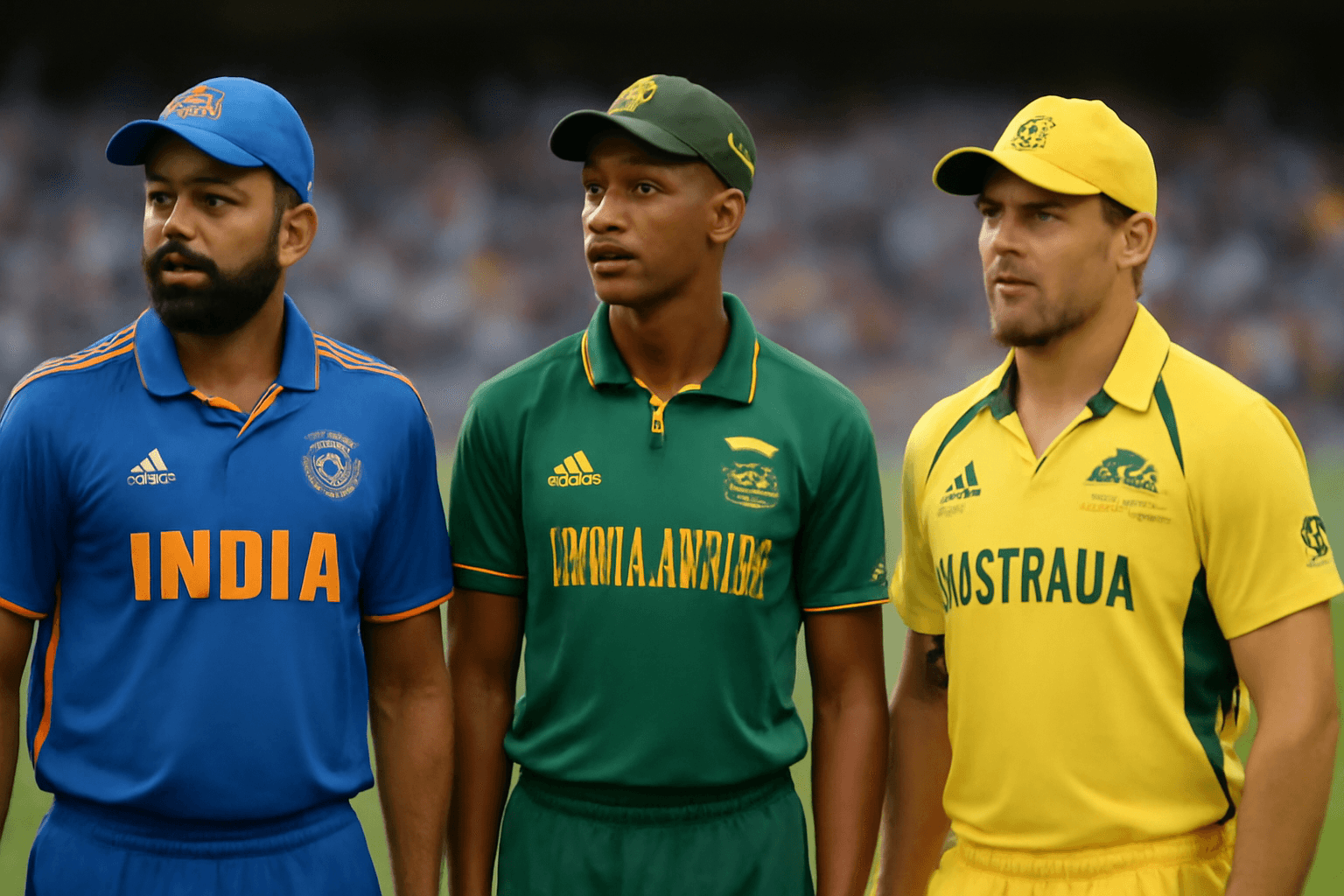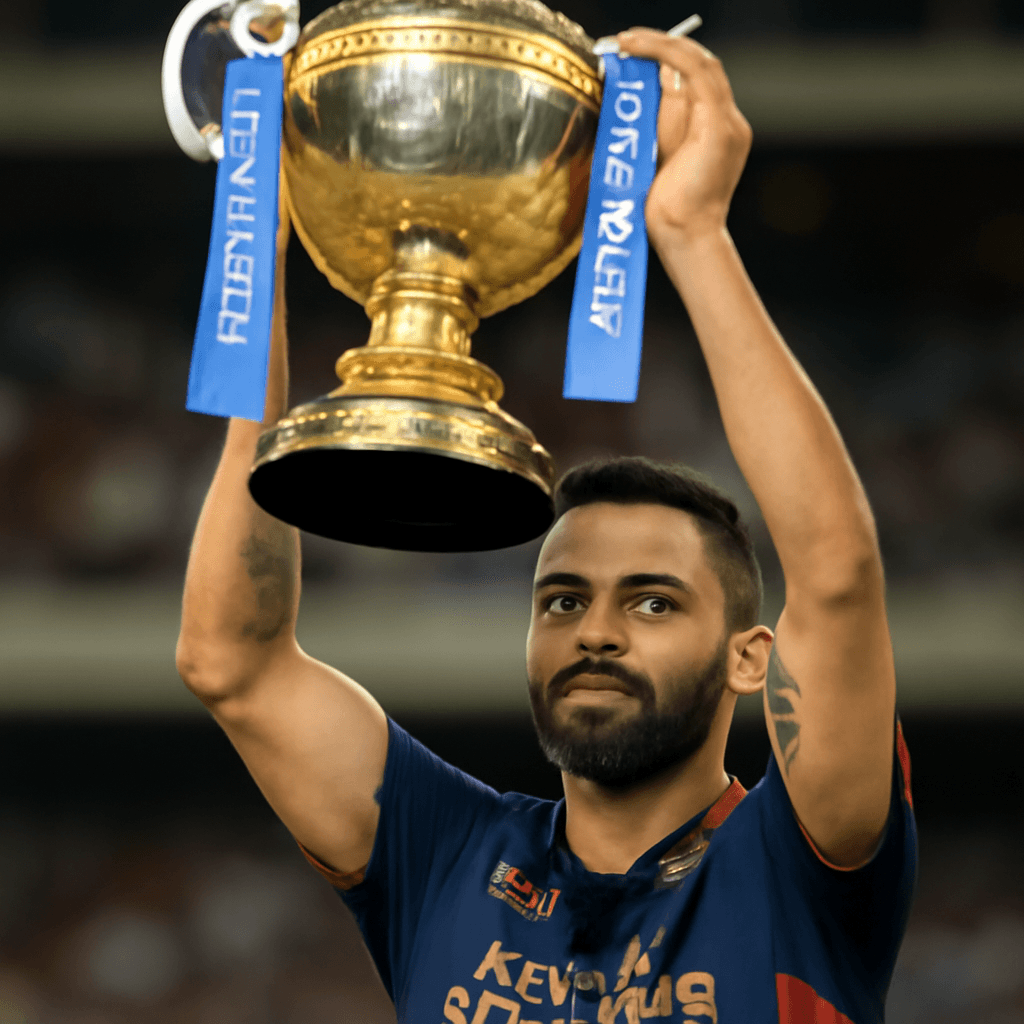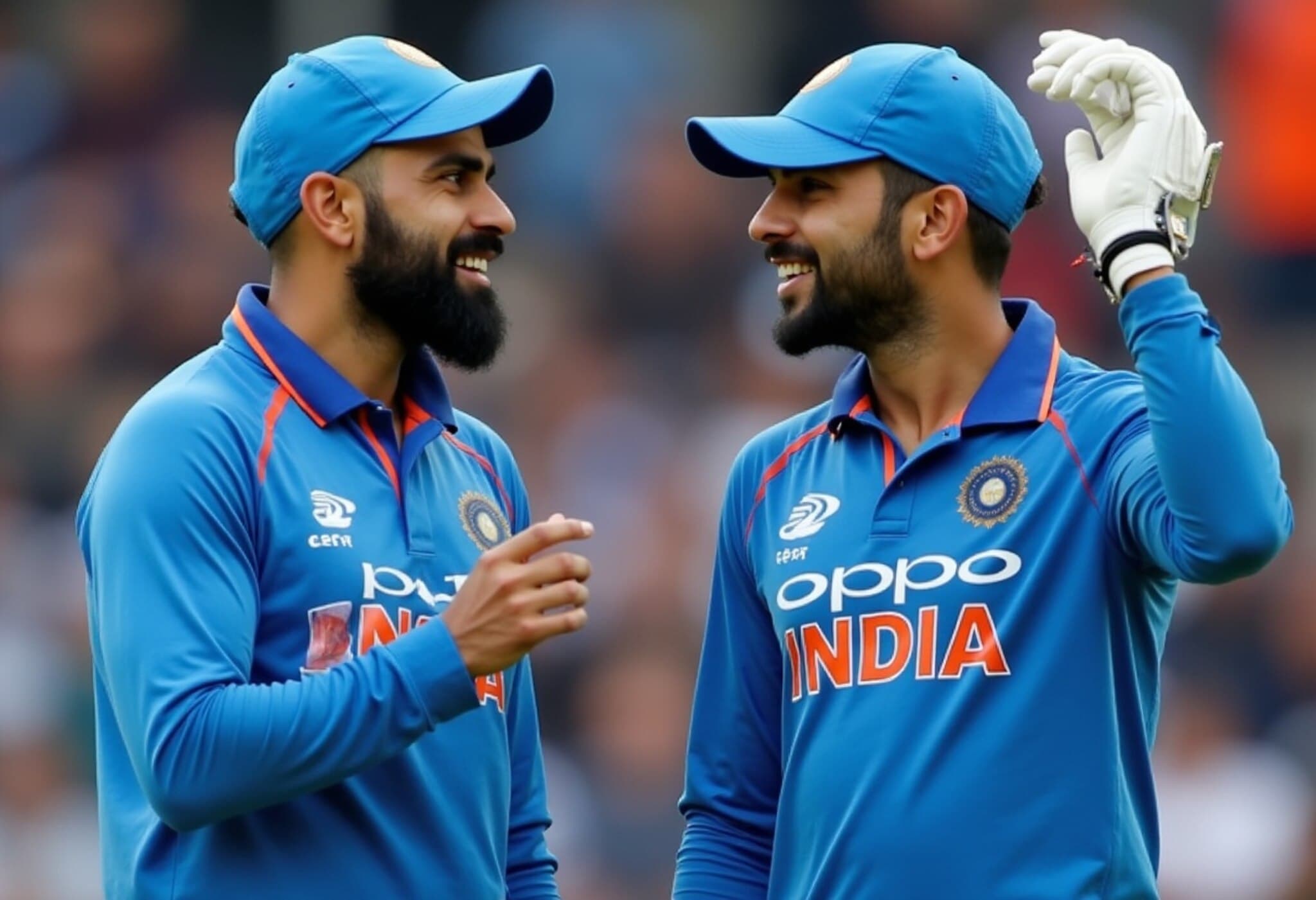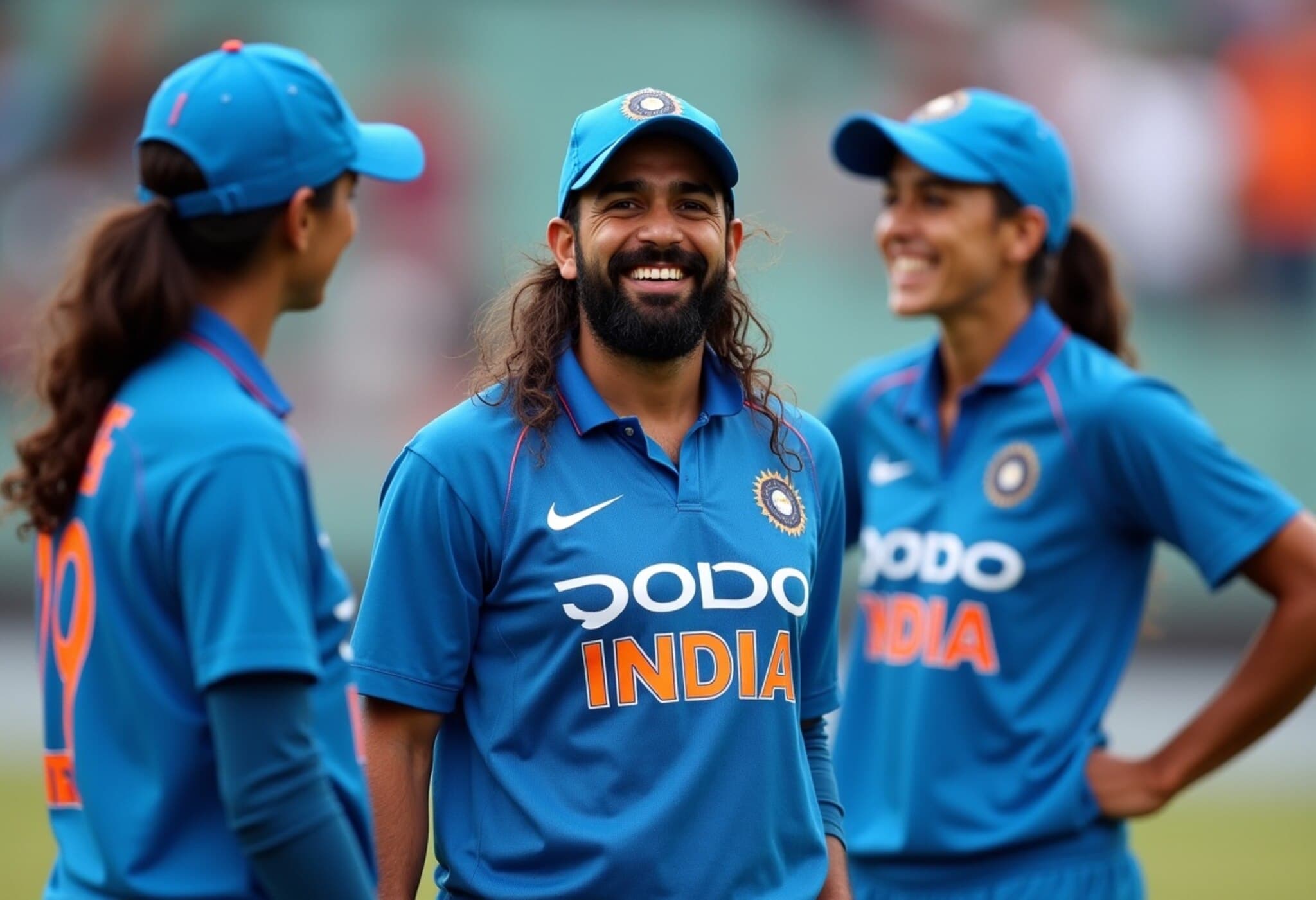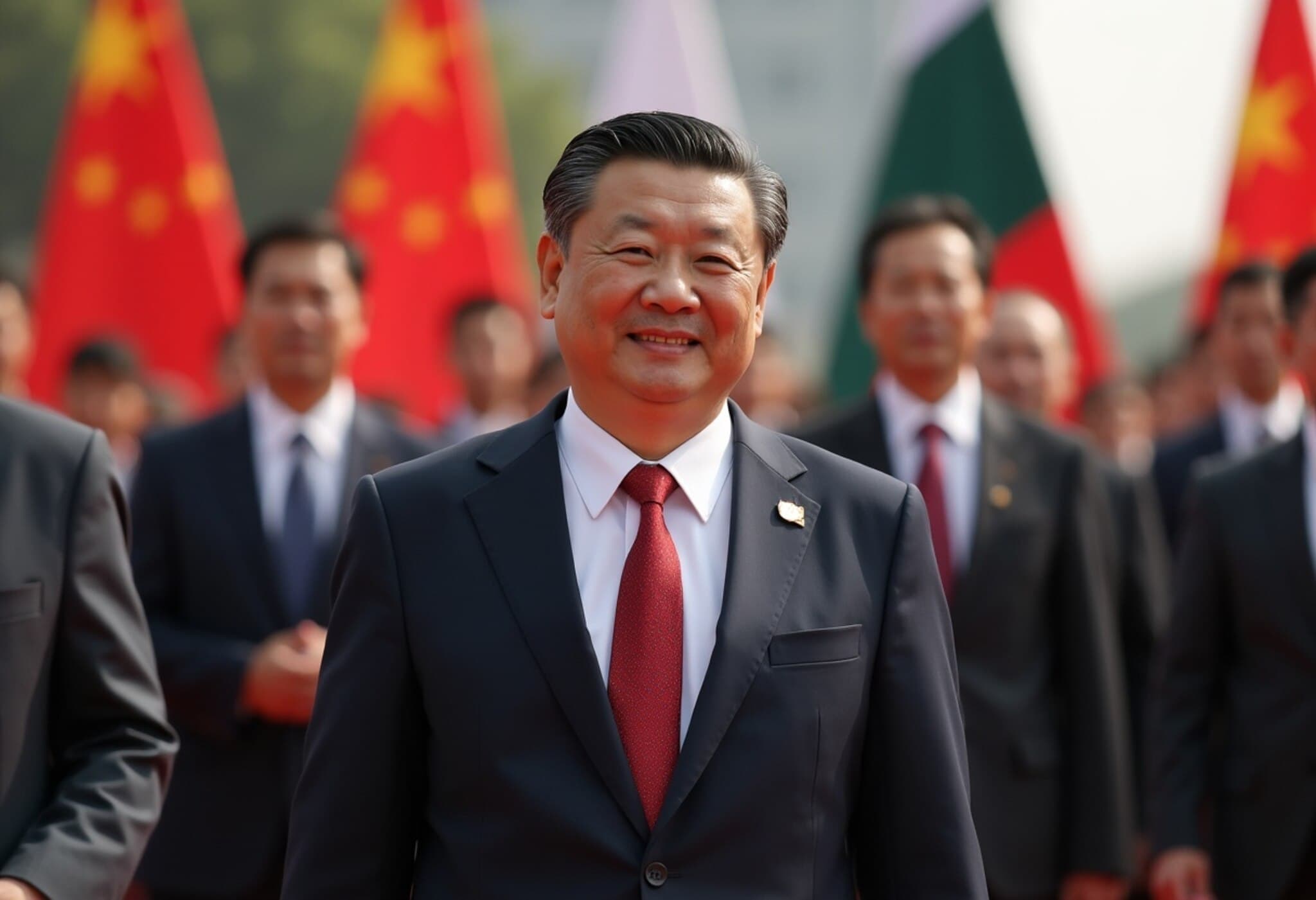India's T20 Cricket: Transitioning Seamlessly Beyond Legends
As the Asia Cup 2025 approaches, cricket enthusiasts worldwide are witnessing a notable transformation in the Indian men’s T20 squad. The team representing India now features seven fresh faces compared to the triumphant 2024 T20 World Cup lineup. Surprisingly, the absence of iconic stalwarts such as Virat Kohli, Rohit Sharma, and Rishabh Pant has done little to dent India’s formidable presence in the shortest format.
The Evolution of T20 Cricket and India's Role
T20 cricket's journey from a highly experimental format to the most electrifying cricket spectacle can be traced back to visionary experiments like Martin Crowe’s 'Cricket Max' in the 1990s and the England and Wales Cricket Board’s official introduction in 2003. Initially met with skepticism, this condensed format has revolutionized cricket, merging entertainment with intense competition, reshaping fan expectations, and generating unprecedented revenues.
India was initially hesitant to embrace this new cricketing paradigm but quickly found its footing. Their unexpected win in the inaugural 2007 T20 World Cup was a turning point, catapulting the nation into a leadership role in the format and eventually fueling the creation of the Indian Premier League (IPL), now the world’s richest and most influential T20 cricket league.
Seven New Faces with Proven Merit
The recent India squad announced on August 19, 2025, ahead of the Asia Cup, is a testament to the country’s depth and bench strength in T20 cricket. The seven new players weren’t simply replacements; they earned their spots in a fiercely competitive environment, underscoring India’s capacity to regenerate talent rapidly.
- Retirements and setbacks: The squad rebuild had to consider the retirements of legends Kohli and Sharma alongside Rishabh Pant’s injury. Despite these gaps, selectors displayed remarkable confidence in new talents.
- Selection strategy: Young leaders like Suryakumar Yadav, appointed vice-captain, reflect a forward-looking mindset balancing experience and safeguarding player workload.
- Bench strength highlights: Skilled players like Sanju Samson, despite excellent form and powerful hitting, might miss out on the playing XI, revealing the intense competition and richness of Indian talent.
India’s T20 Arsenal: More Than Just Star Power
India’s T20 squad extends beyond big names. Emerging options like Jitesh Sharma, a dynamic wicketkeeper-batsman with stellar IPL credentials and international promise, have shored up the team’s versatility. Although his international experience is limited, his striking IPL performances (strike rate nearly 177) make him a reliable finisher—a key asset in T20 cricket.
For bowling supremacy, a fully fit Jasprit Bumrah remains invaluable, especially when considering workload management critical in T20 setups. Alongside young pace talents such as Prasidh Krishna and impactful spinners like Yuzvendra Chahal, India is well-stocked for various match scenarios.
Statistics Speak: Global Dominance in Shortest Format
India’s T20 record since 2006 is nothing short of extraordinary, boasting a win percentage of 66.39% over 247 matches. This statistic eclipses traditional cricket powerhouses, including Australia, England, Pakistan, and South Africa. Such consistency is remarkable given T20’s unpredictability and the format’s tendency to level playing fields.
IPL: The Crucible of Indian T20 Talent
The IPL’s role in sustaining India’s T20 supremacy cannot be overstated. The league serves as a vibrant talent funnel, nurturing players like Abhishek Sharma, who made his mark with a maiden T20I century shortly after his debut and followed up with innings that dazzled fans and selectors alike. His IPL exploits, including a record-breaking 141 off 55 balls, epitomize the kind of high-impact players emerging consistently.
Other recent entrants such as Tilak Verma, Rinku Singh, Harshit Rana, and Varun Chakravarthy illustrate the depth and diversity of skill sets India is drawing upon—a mix of raw talent, tactical acumen, and power hitting.
Strategic Approach and Future Outlook
India’s strategy centers on constructing a T20 side with multiple match-winners who can change a game’s course independently. Instead of relying solely on a few stars, the team fosters depth, often having eight or more capable batsmen with high strike rates ensuring sustained pressure on opponents.
This blueprint has proven effective amid retirements and injuries, securing India’s status as a perennial T20 powerhouse. With the 2026 T20 World Cup slated for India and Sri Lanka, the current Asia Cup squad serves as a vital precursor, hinting at a seamless transition to future challenges.
In Conclusion: India’s T20 Ecosystem is a Model of Excellence
India’s strategic vision, combined with unparalleled domestic infrastructure like the IPL and a culture that embraces aggressive yet calculated play, underpins their dominance. Even as cricket evolves and uncertainties such as player retirements emerge, India’s men’s T20 resources remain arguably the most formidable worldwide.
This continuity, backed by data and dynamic squad selections, signals a bright future not only for Indian cricket but for the global T20 landscape, setting a benchmark other nations strive to match.
Editor’s Note:
The Indian men’s T20 squad’s ability to absorb legendary exits while maintaining competitive edge raises critical questions on sports development models globally: How can other cricket boards replicate India’s success in talent depth and transition management? With T20 format gaining further prominence, sustained investment in domestic leagues and youth development appears non-negotiable. The Asia Cup 2025 will be an insightful litmus test not just of India’s strength but of the evolving global cricket architecture.

